2024 National Hand Rolling Competition experience
The National Hand Rolling Competition was held in Fujieda, Shizuoka Prefecture, where the Wazuka Hand Rolling Preservation Society participated with two teams. The competition is an opportunity to showcase the hand rolling skills and connect with others farmers who share the same passion.
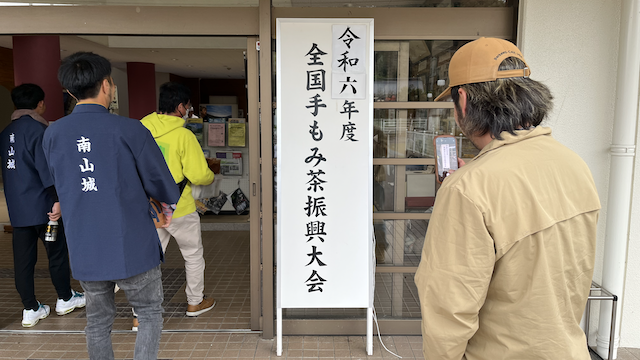
On the 14th of November 2024, the National Hand Rolling Competition was held in the city of Fujieda, Shizuoka Prefecture. Like every year, many of the Hand Rolling Preservation Societies around Japan gather to demonstrate their skills and compete under the same timings and leaf material. The Wazuka Hand Rolling Preservation Society, joined the gathering, representing our beautiful village. Last year’s team, comprising Kenta-san, Simona, and Akky-san, won first place! This year, though, victory was not on our side; congratulations go to the Fujieda team!
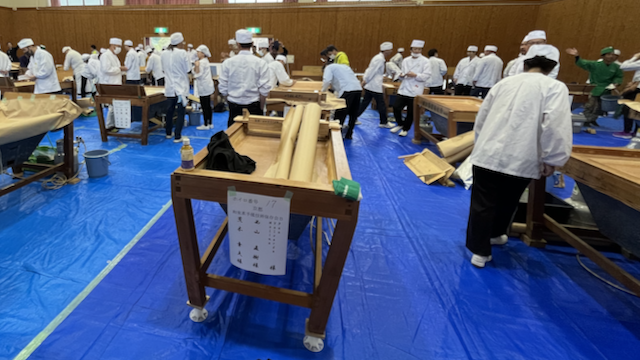
This year, Wazuka had the opportunity to participate with two teams, allowing more people from Wazuka to experience the gathering, and of course to compete. I was extremely humbled and grateful to Akky-san for giving me his spot so I could participate as a competitor this year. Thank you so much, Akky! I joined the Wazuka Team B, together with two other farmers from Wazuka, Akio -san and Nishiyama-san.
We gathered in Wazuka extremely early in the morning to get there in time for the competition. The time limit for finishing the tea was 5 hours, the competition started a few minutes before 9 in the morning, with a time limit of 5 hours, which surprised us. The Kyoto competition, is usually timed at 6 hours, which we used for our training round as well, and it is usually thigh in time nonetheless. A week before the competition, Akky organized a training session where we could warm up for the competition, and also served as an educational experience for the interns at work. It was a great experience, but it took around 7 hours all along as we were trying things out. We also had a great leaf material, shelf shaded leaf from the Saemidori cultivar, harvested in spring, steamed, cooled down and then frozen in 1 kg portions. A common process to stock on practice material for the rest of the year or also to process fresh spring tea freshly all throughout the year. Perhaps in a model most commonly found in specialty coffee roasters. While the material was excellent, it worked against us as it was such wet leaf, which resulted in a long rolling time.
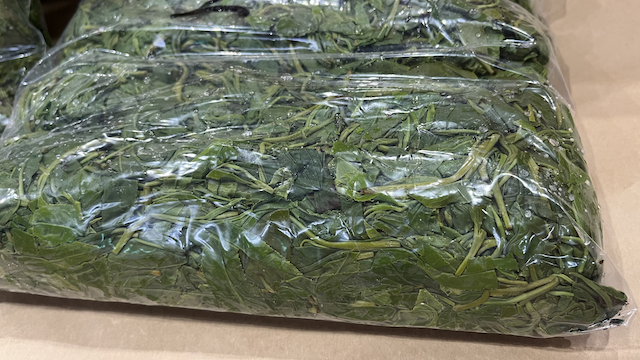
That experiment proved useful as during the competition, the leaves used were fairly big leaves while also quite wet, which was interesting to experience. Every session of hand rolling has so much variation. The leaves were also harvested in spring in, I guess, a similar fashion to the ones that other farmers also use for keeping stock of fresh leaf during the years. When we arrived at the competition grounds we were welcomed by 30 Hoiro, the paper-covered table used for hand rolling, lined up and spotless. It was such a nice view to see so many tables lined up. Funnily enough, the first thing that almost every team did after finding their assigned table, was to put extension legs under the table to raise them; they are always so low.
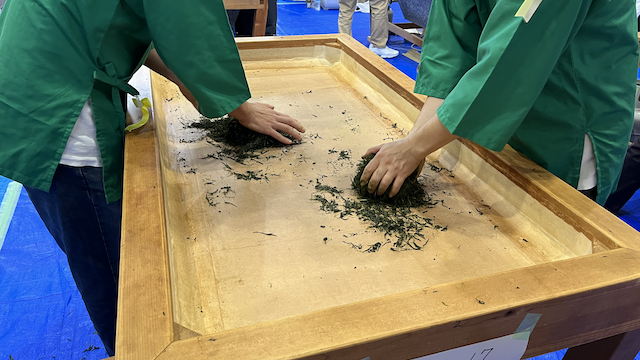
As I mentioned, the leaves provided by the organizers were fairly big, and also quite high in moisture. Both my teammates and other tables were talking about it and wondering where they had harvested them. It was great material, but in our case, such high moisture meant we finished rolling the tea literally 8 minutes before the time limit. Which was a trend among most of the Kyoto region teams, which seemed to have to sync their timings. Perhaps the Kyoto style of hand rolling had something to do with this. Due to finishing so much on the limit means that some teams, including mine, did not have enough time to properly dry their tea. Some others in a rush, perhaps toasted air a bit trying to dry it in time. Nonetheless, I am so grateful to have had such a unique opportunity to participate in the competition, It was a great learning experience both from a professional side and also from a personal one.
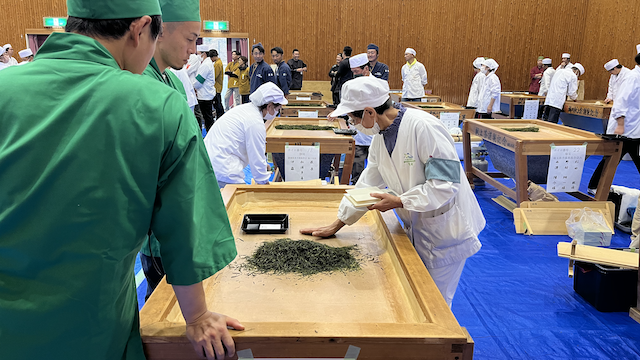
There were so many people from such varied locations around Japan all under one roof to celebrate the traditional methods of hand rolling. I saw quite a few young people participating, many older people as well. One of the Shizuoka prefecture teams was composed of 3 man over 75 years old, and one I realized later was actually blind. It was truly humbling to get to know that gentleman. Together with Simona, president of the GJTA, who was a national champion last year representing Wazuka, I also got too meet the other only foreigner participating in the competition. Bret Mayer was competing in one of the Shizuoka teams, I have known of Bret thanks to his amazing website. Although never had the chance to speak to him before, although briefly, I am glad I could finally put a face to such a pool of knowledge like his.
